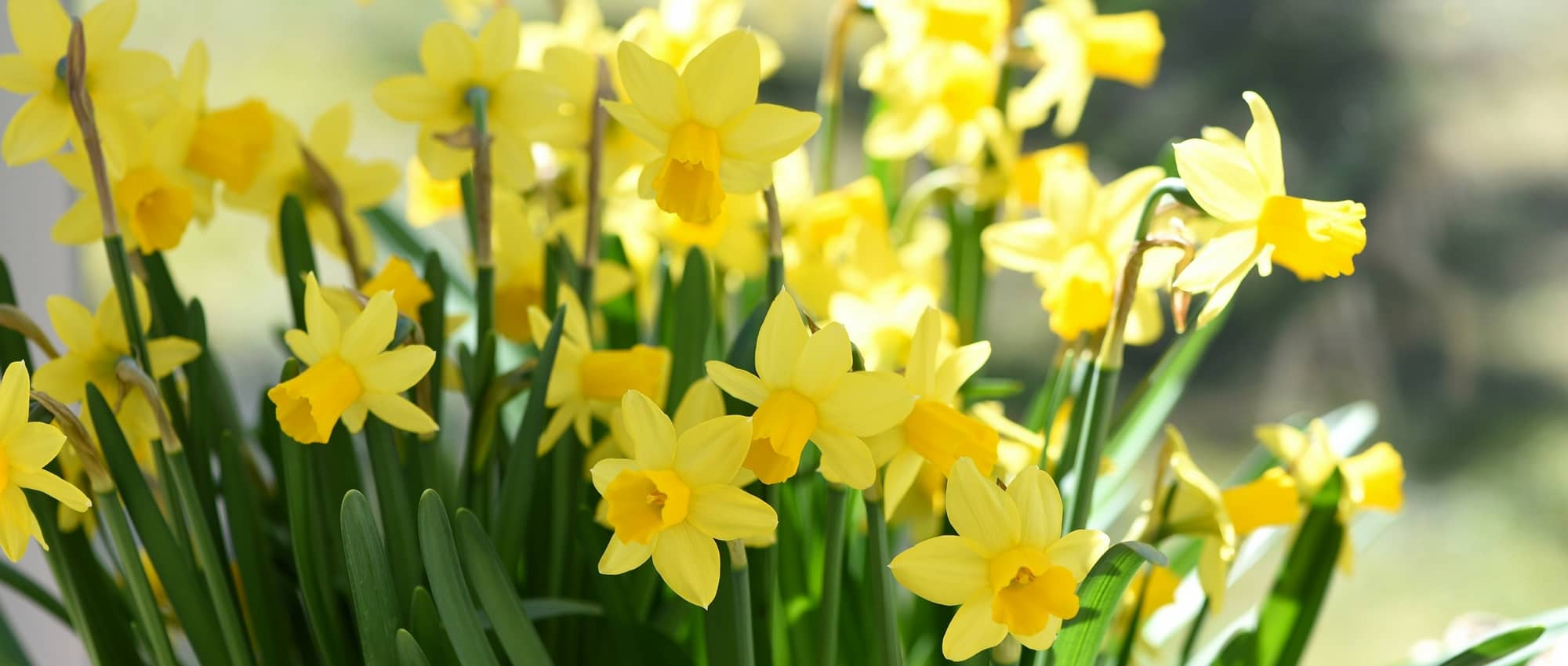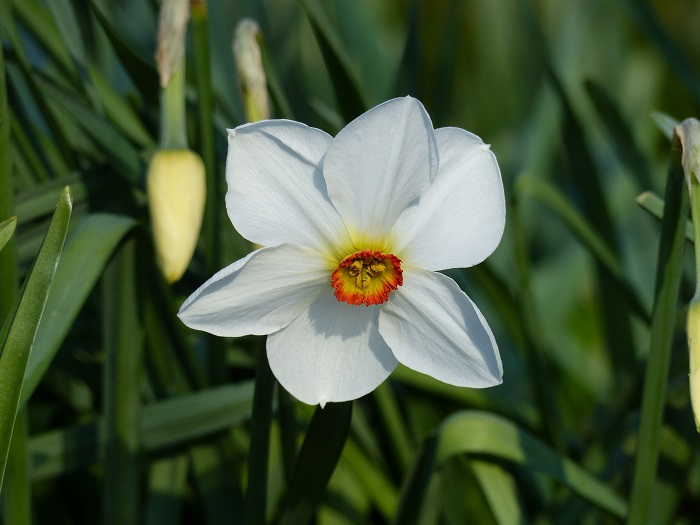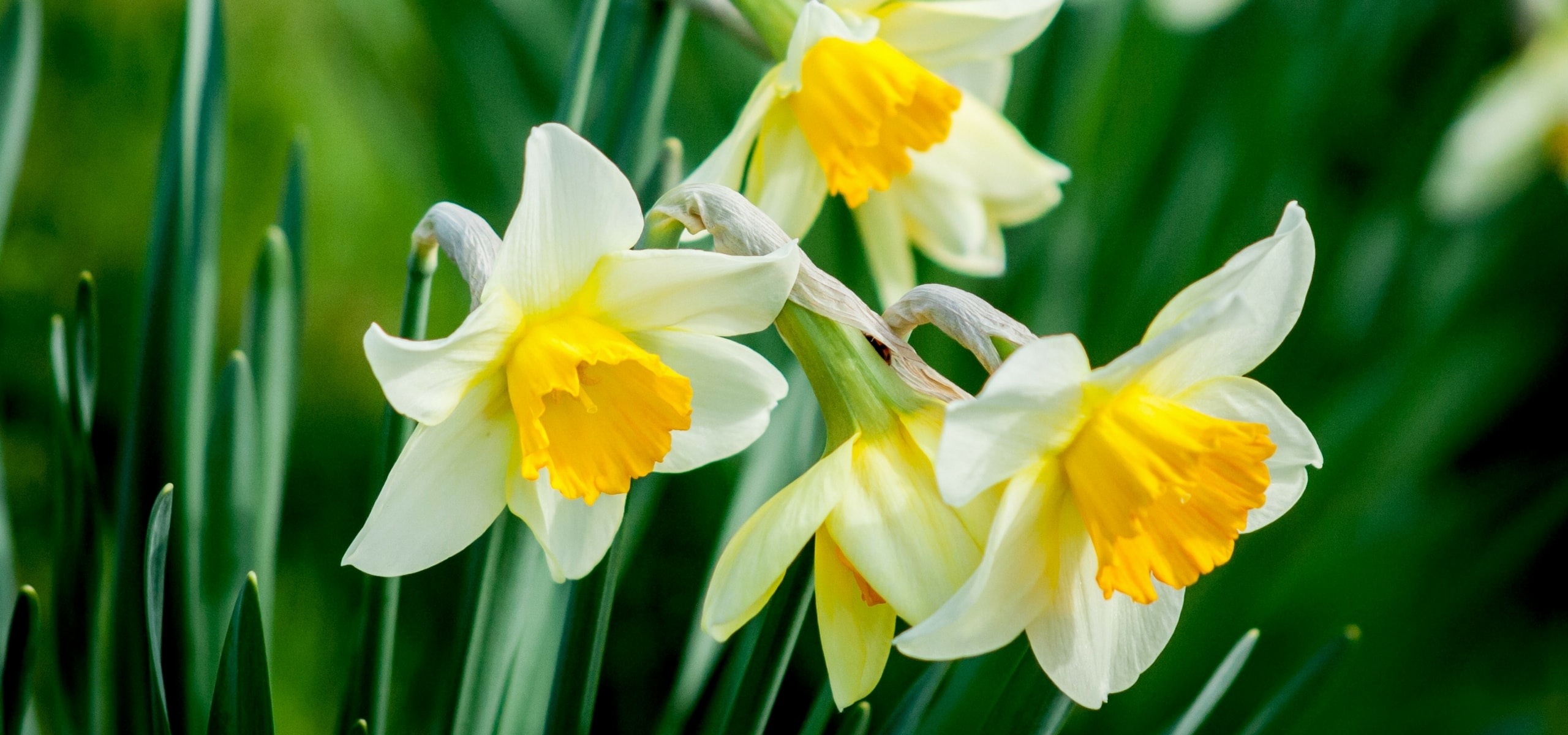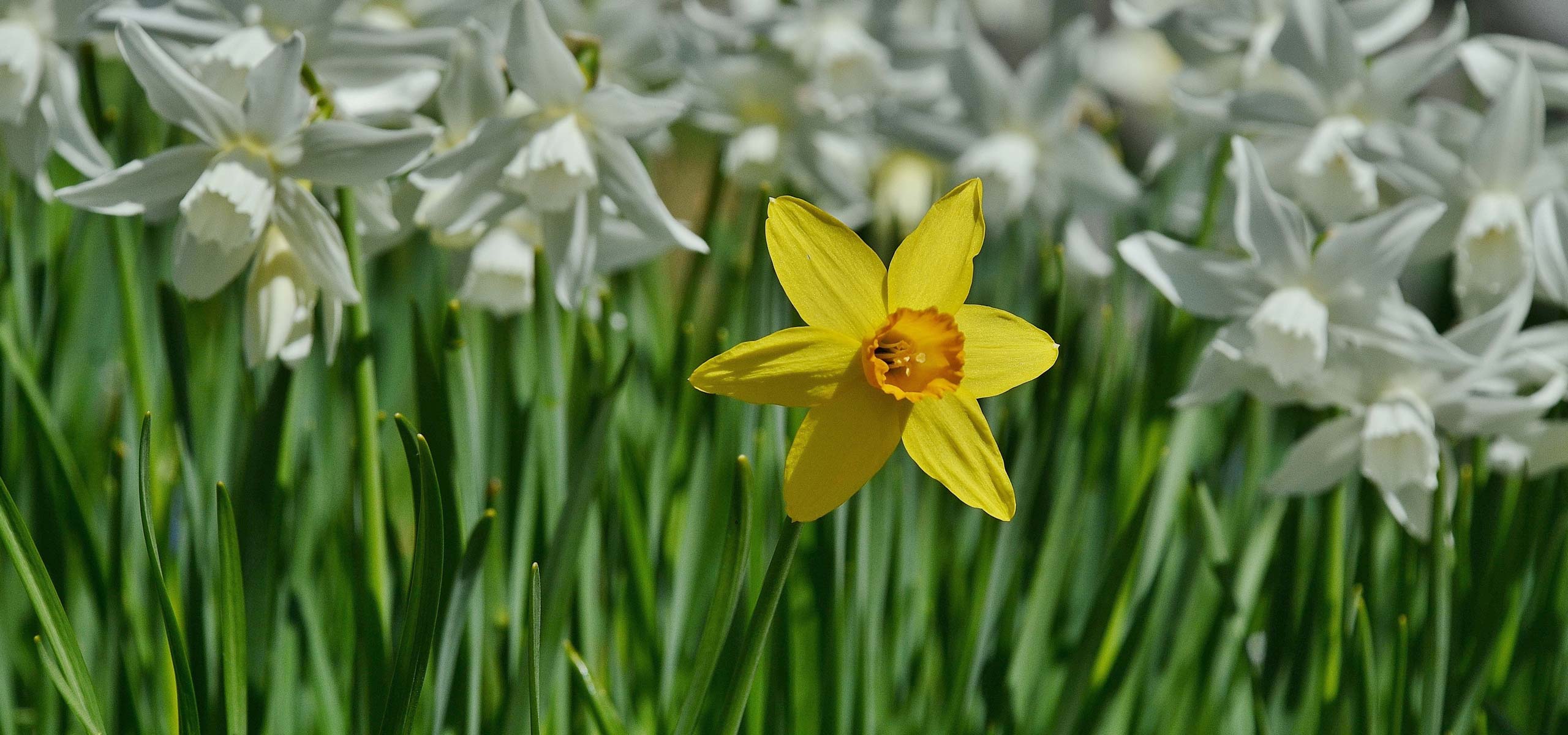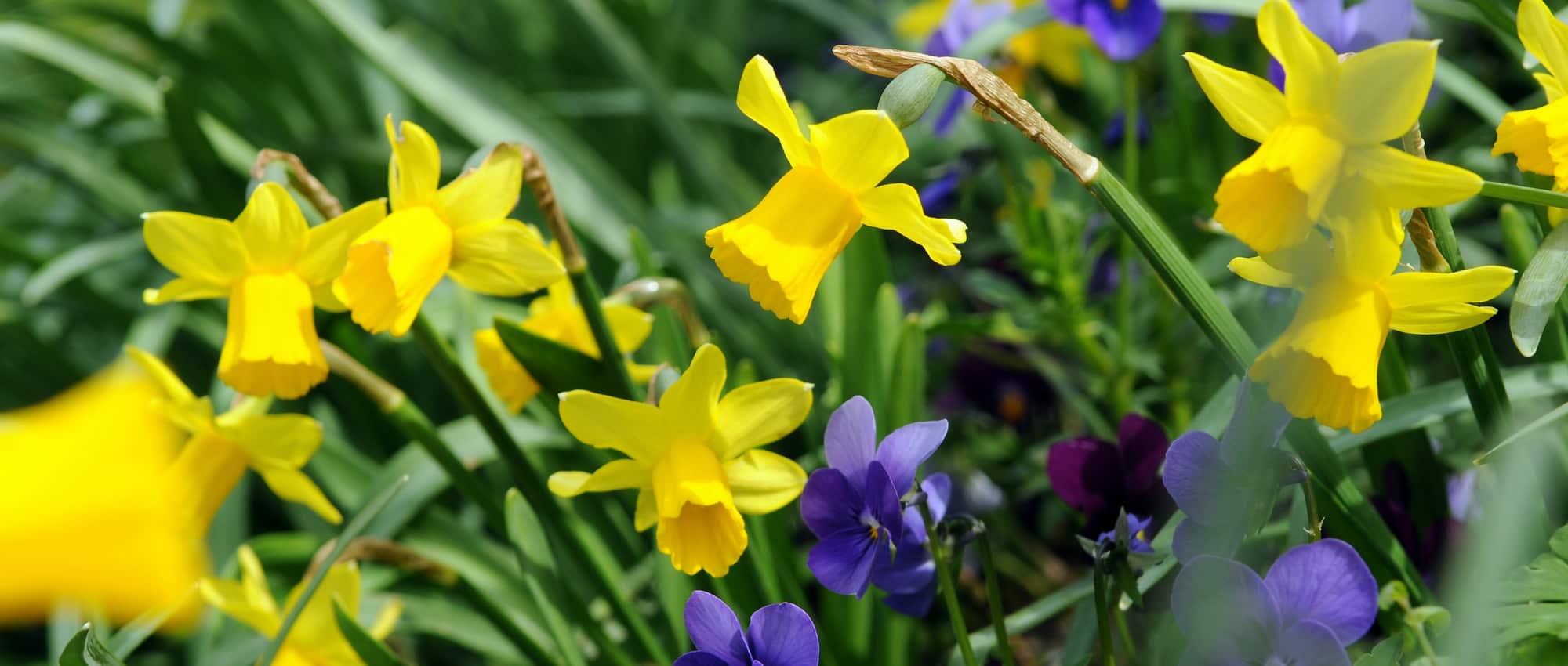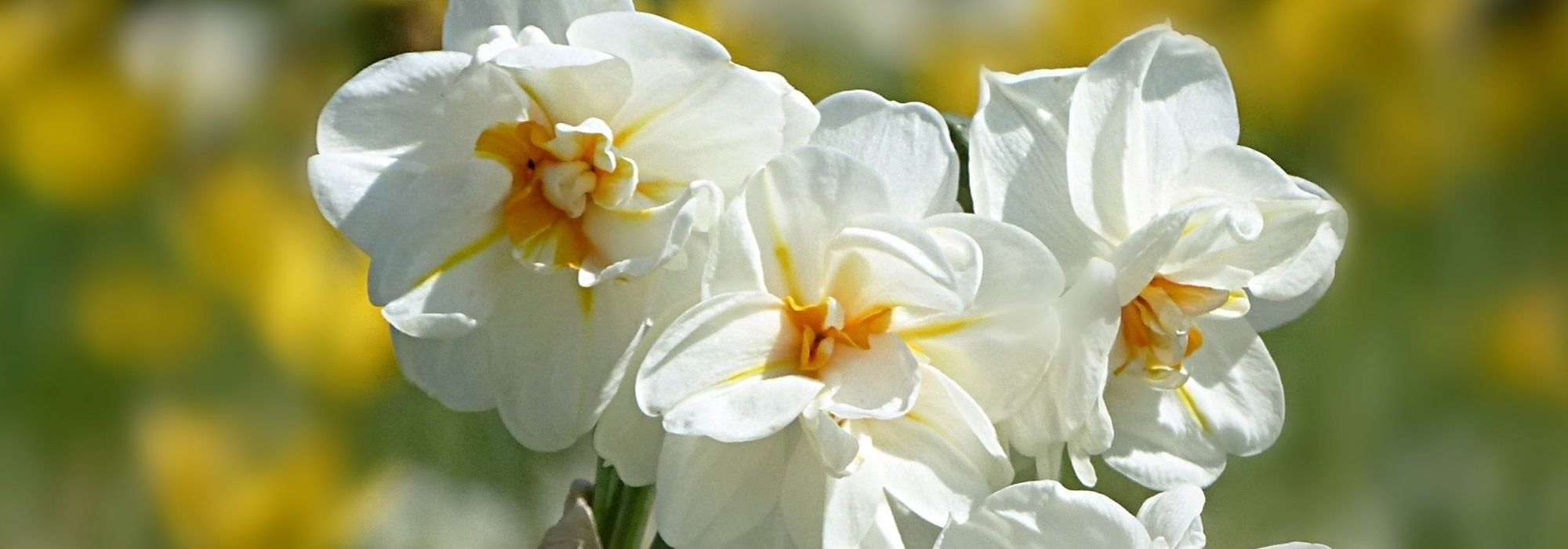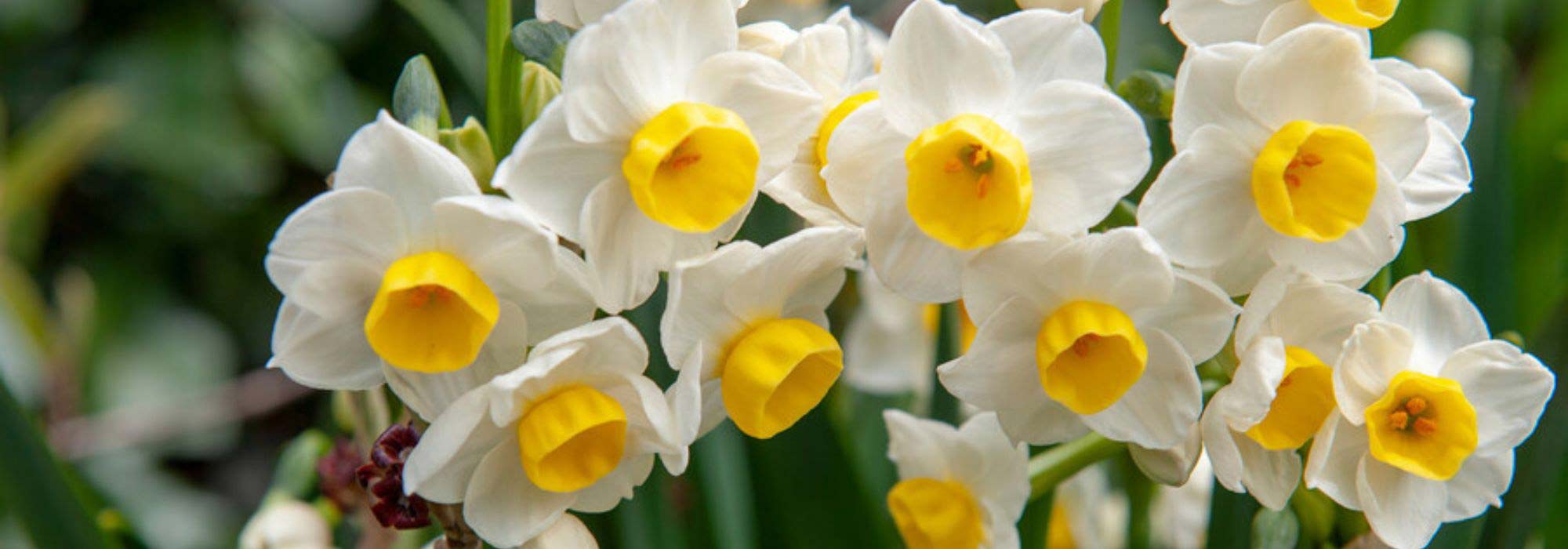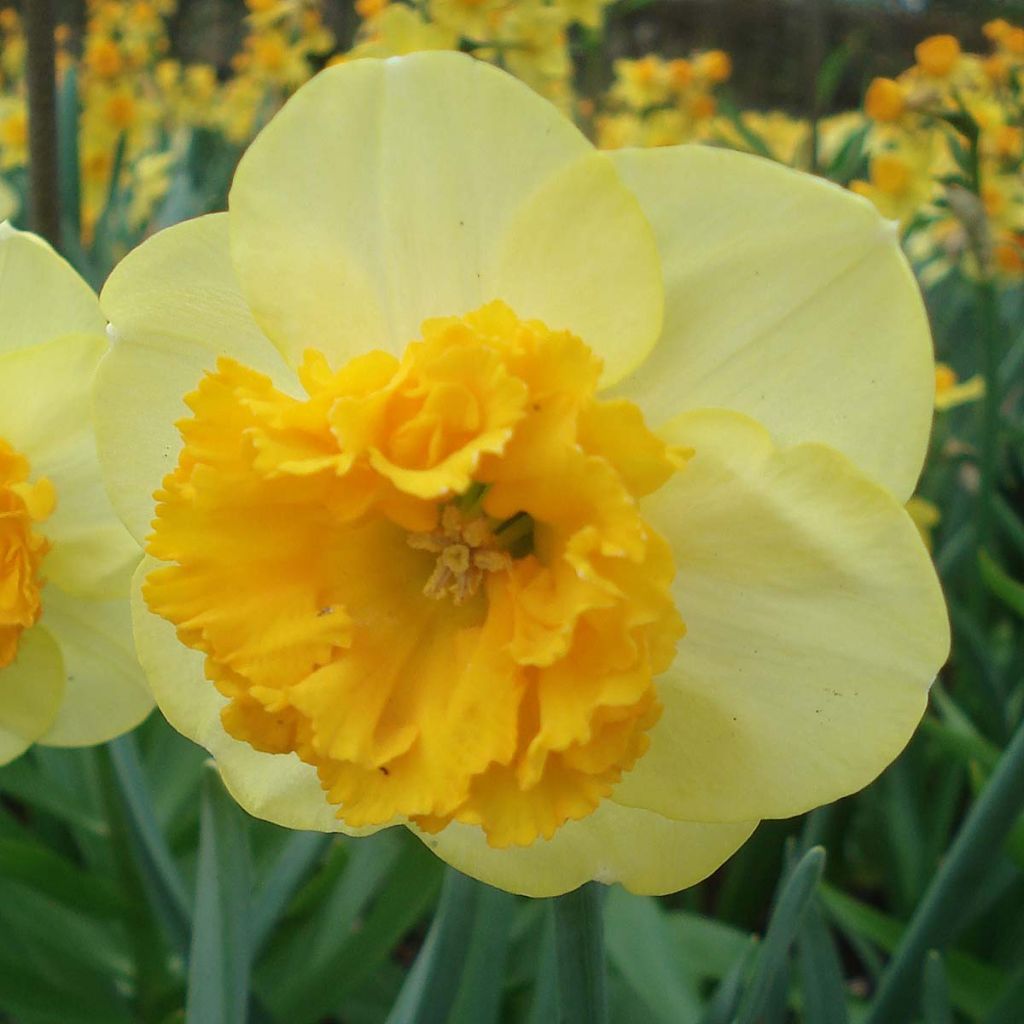

Narcisse Modern Art - Narcisse à grande couronne
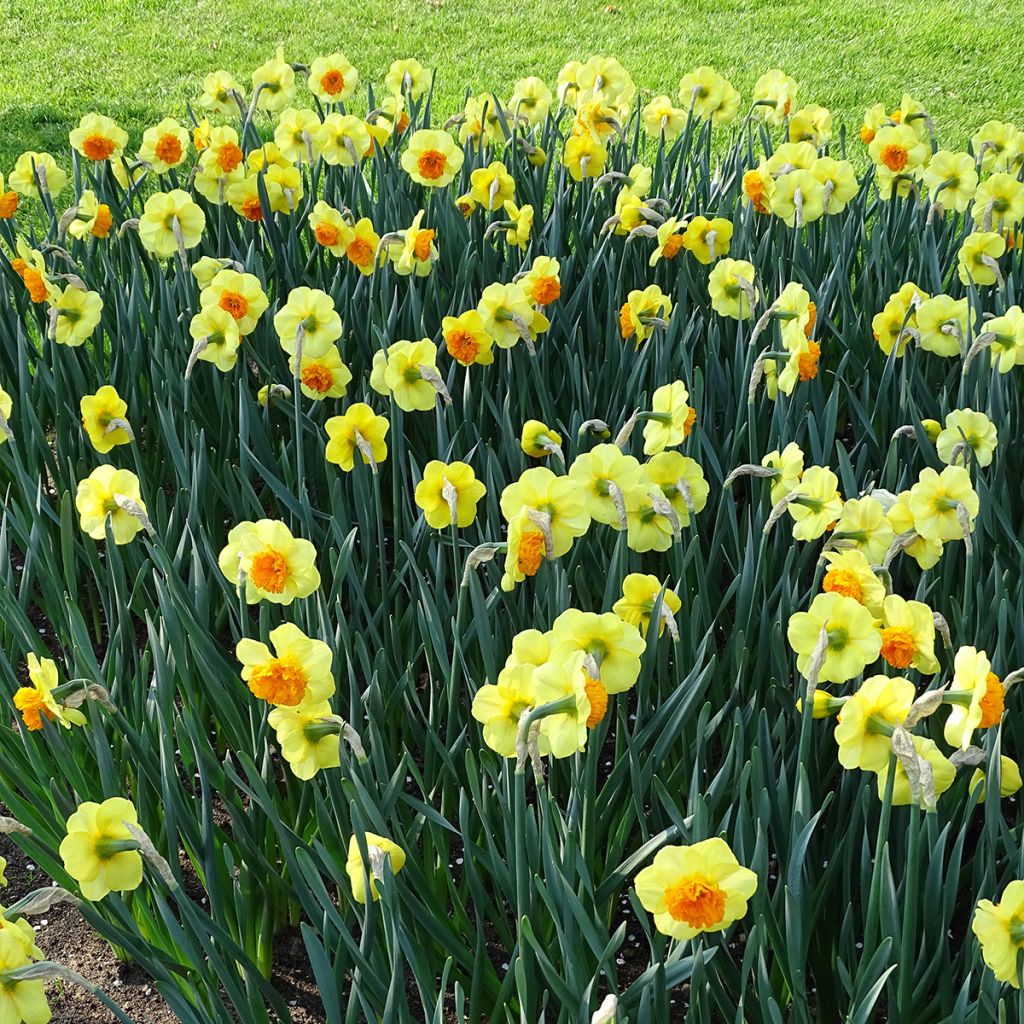

Narcisse Modern Art


Narcisse Modern Art
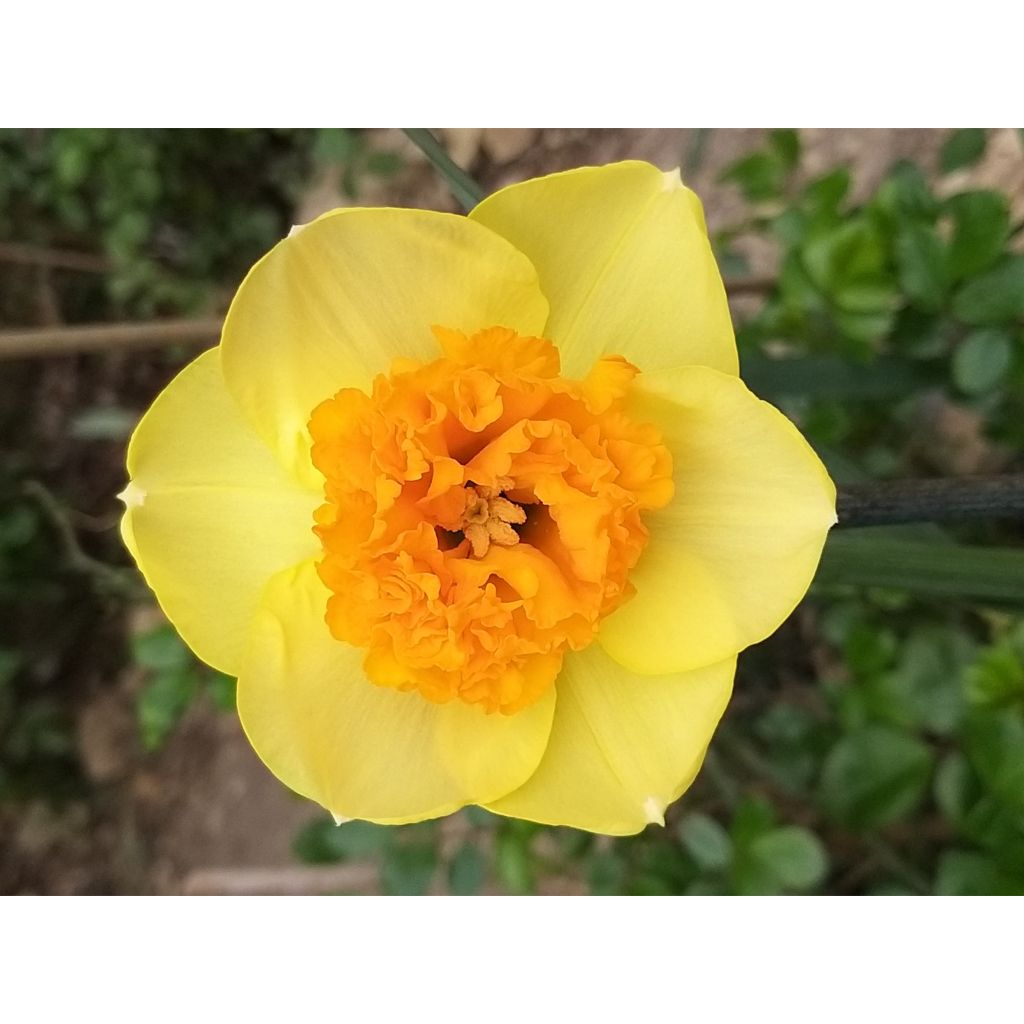

Narcissus Modern Art
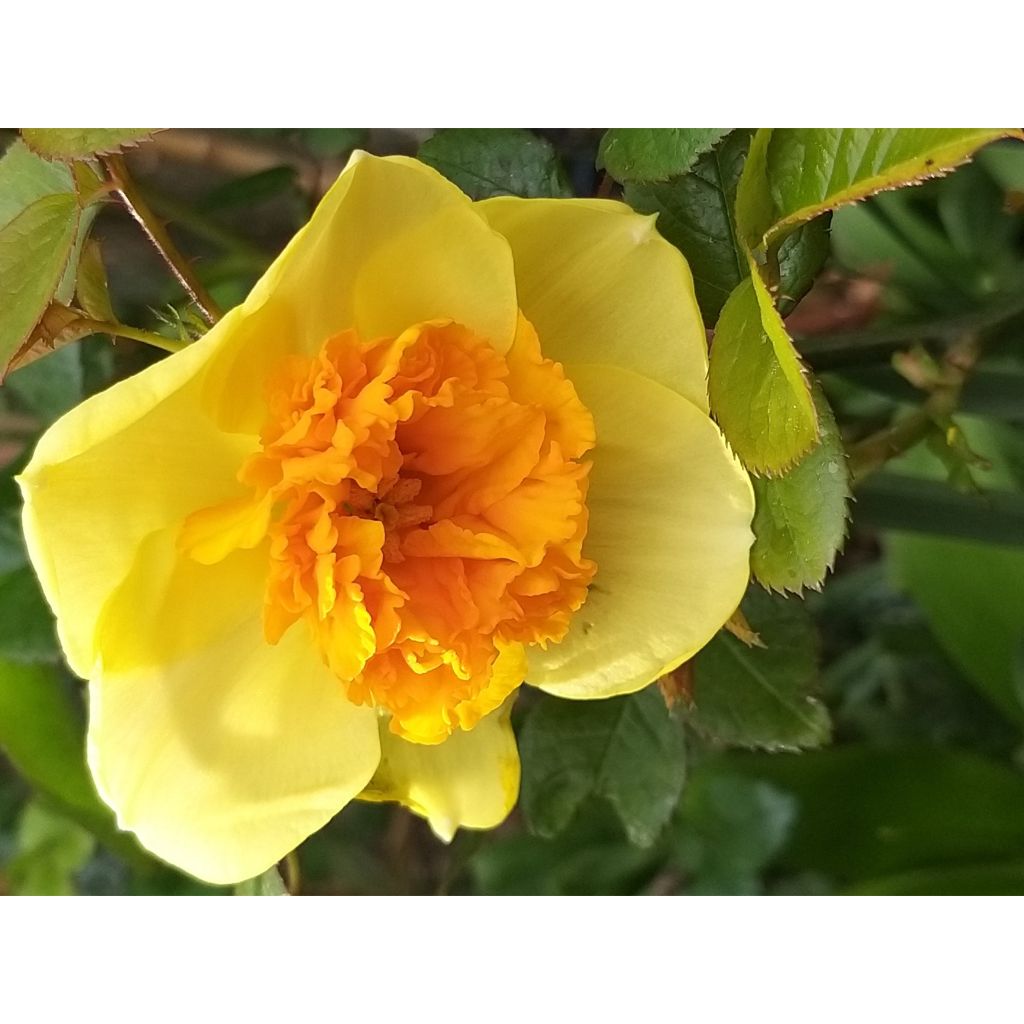

Narcissus Modern Art
View more pictures
Hide images
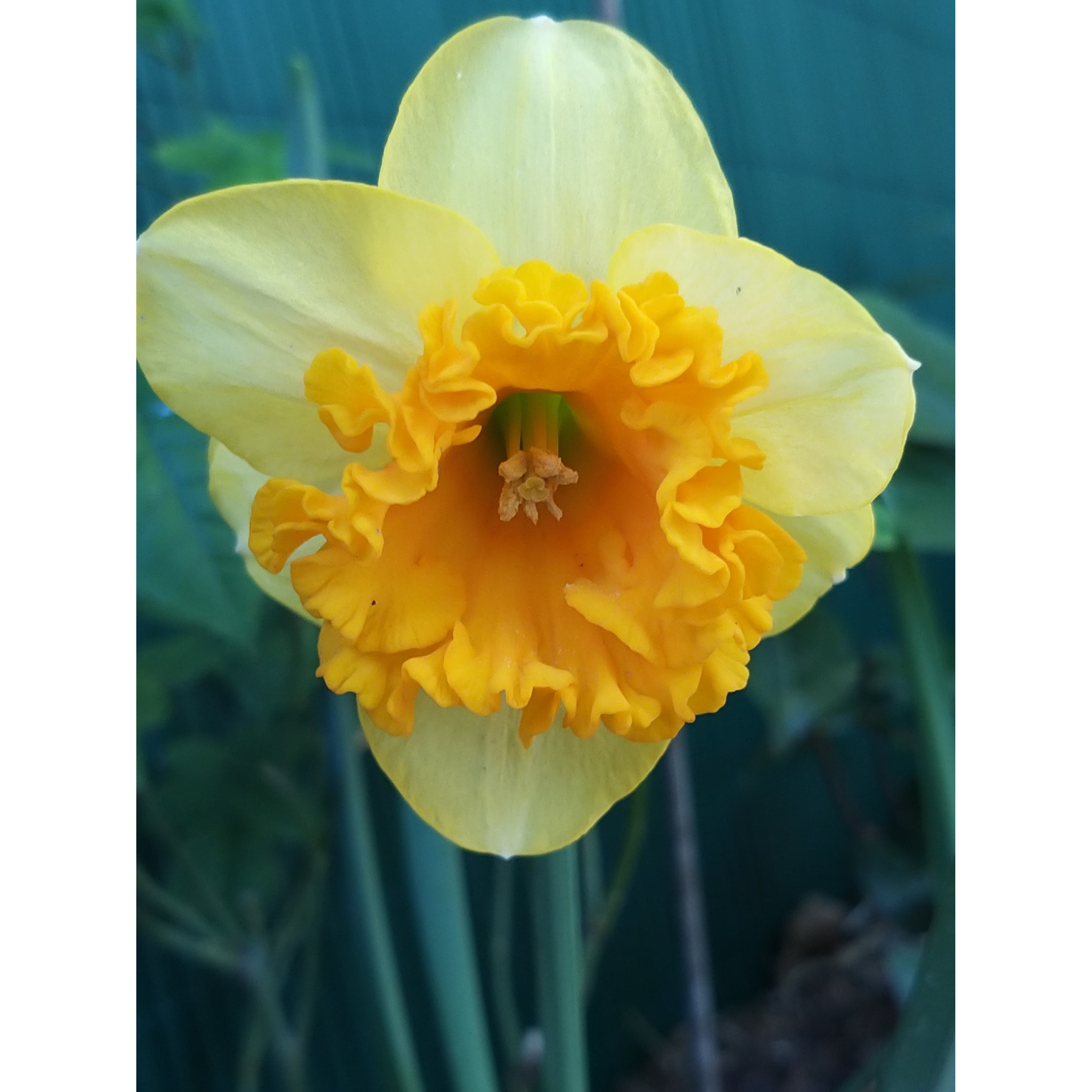
Thierry P.

April flowering - image 23
Thierry P. • 84 FR
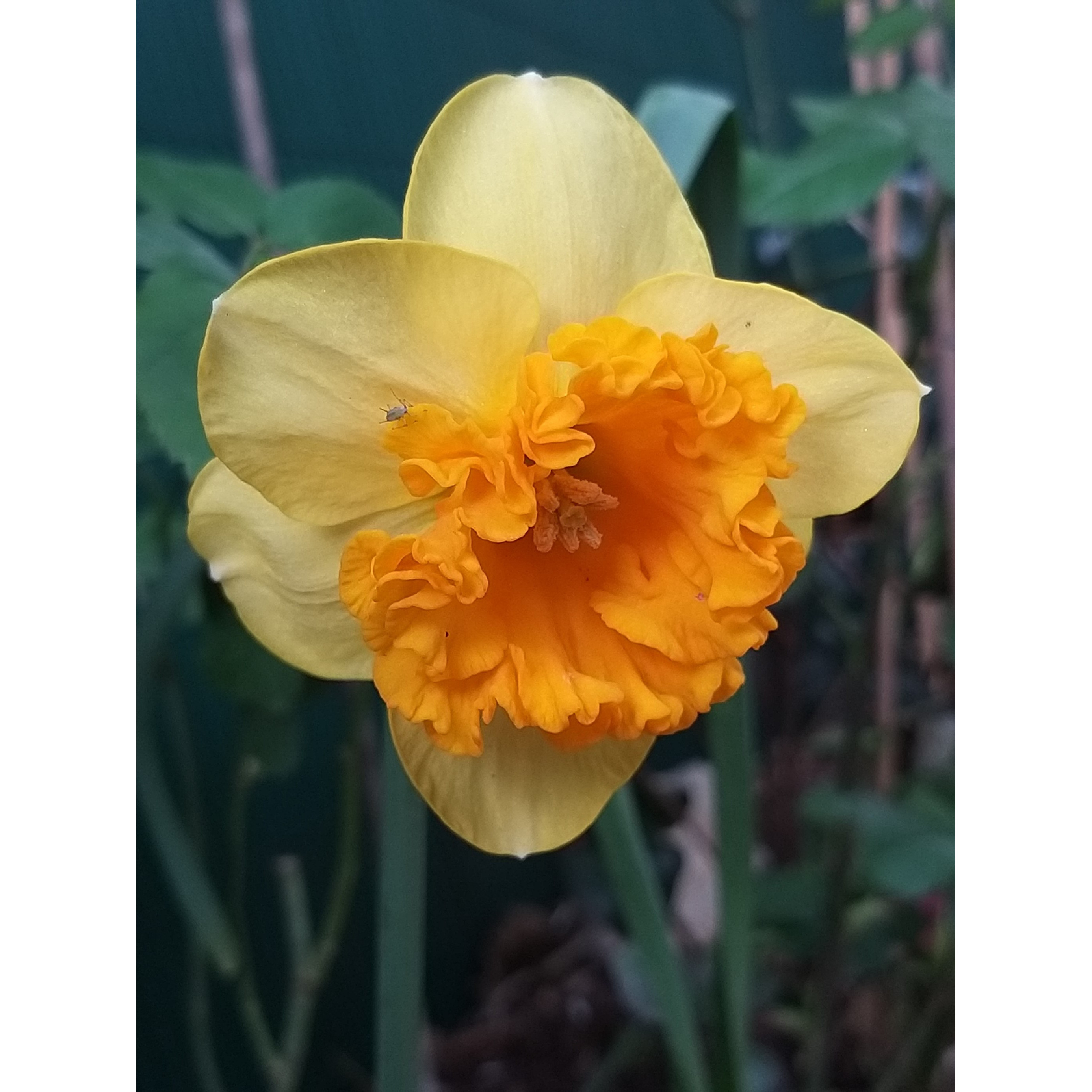
Thierry P.

April flowering - picture 20
Thierry P. • 84 FR
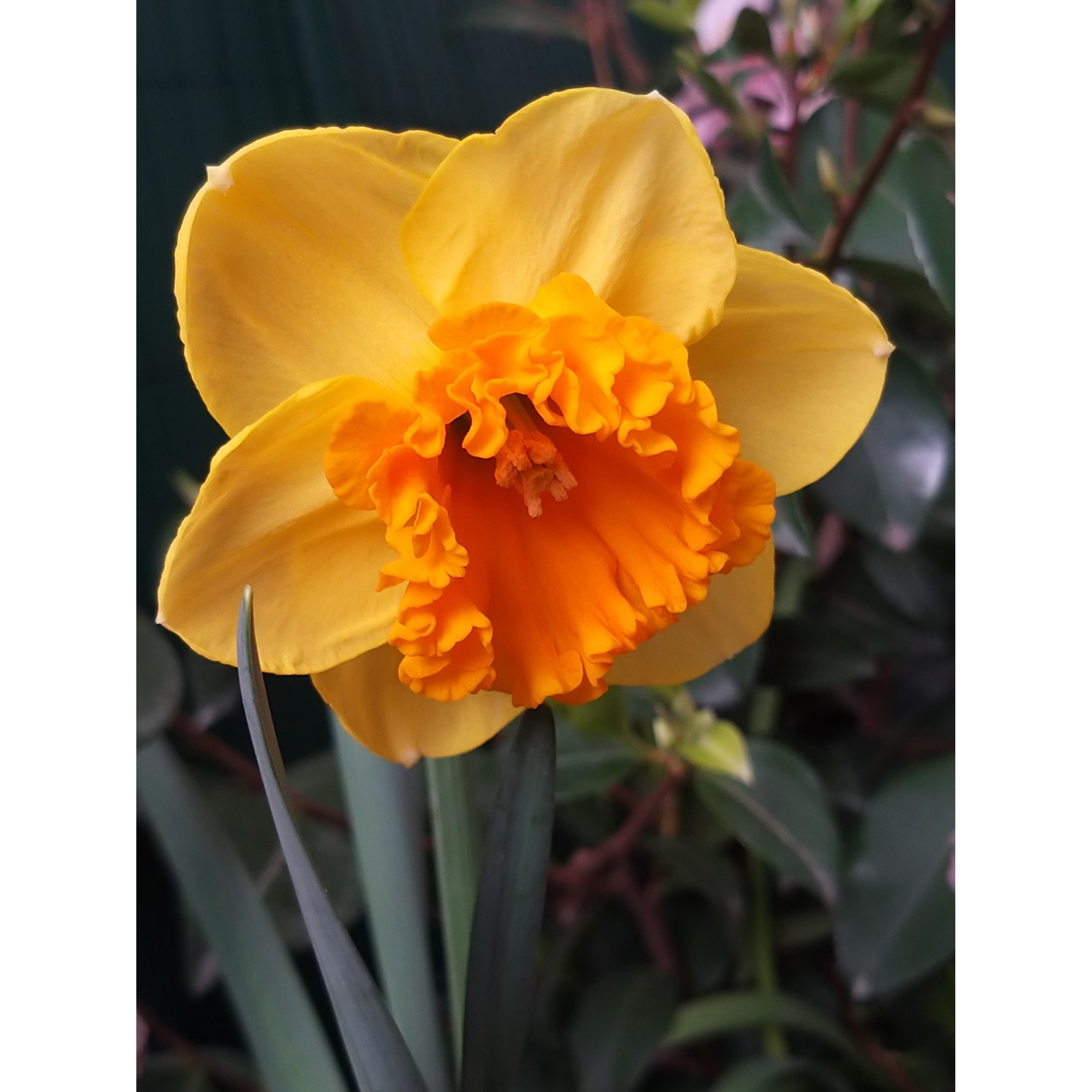
Thierry P.

No text to translate.
Thierry P. • 84 FR
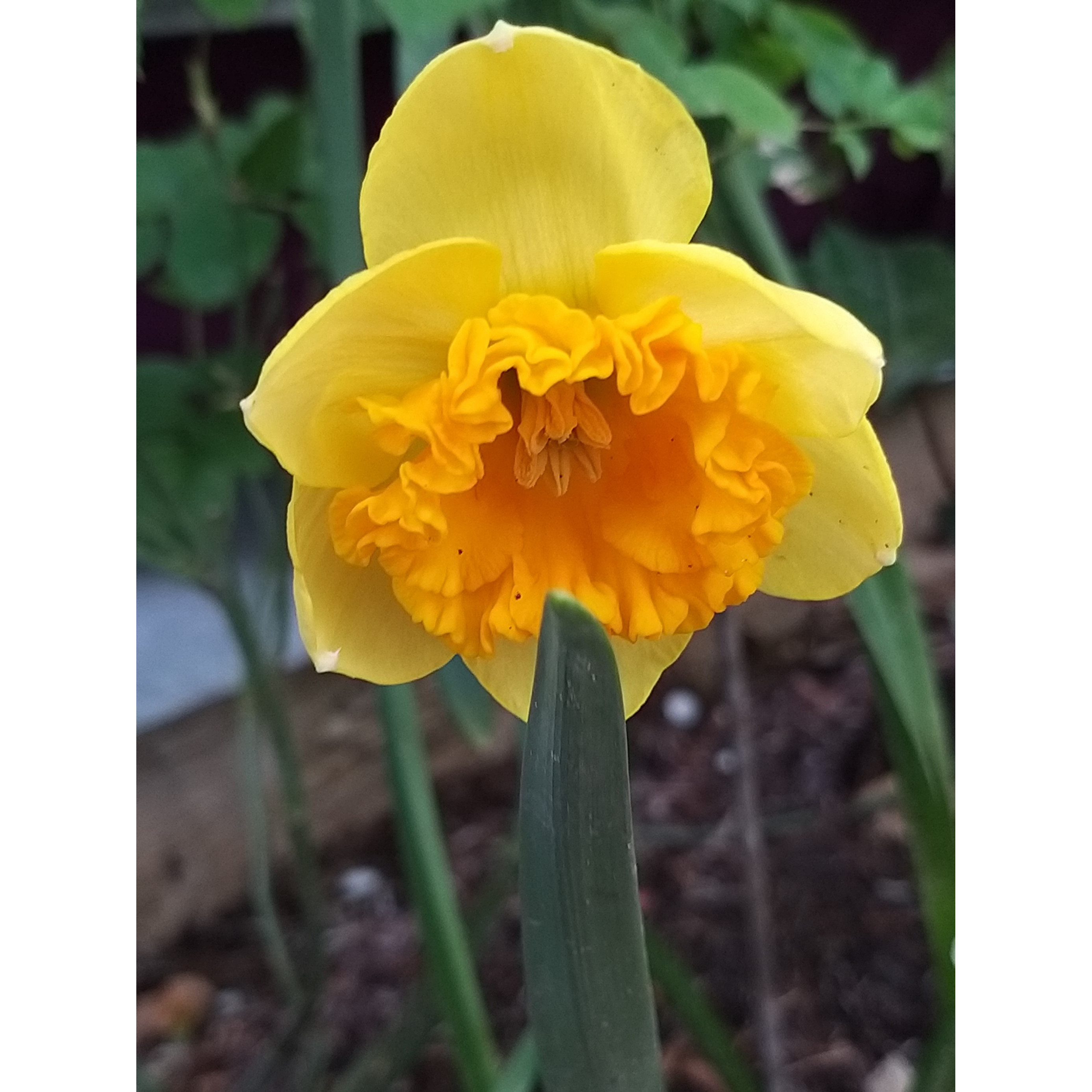
Thierry P.

March flowering - image 19
Thierry P. • 84 FR
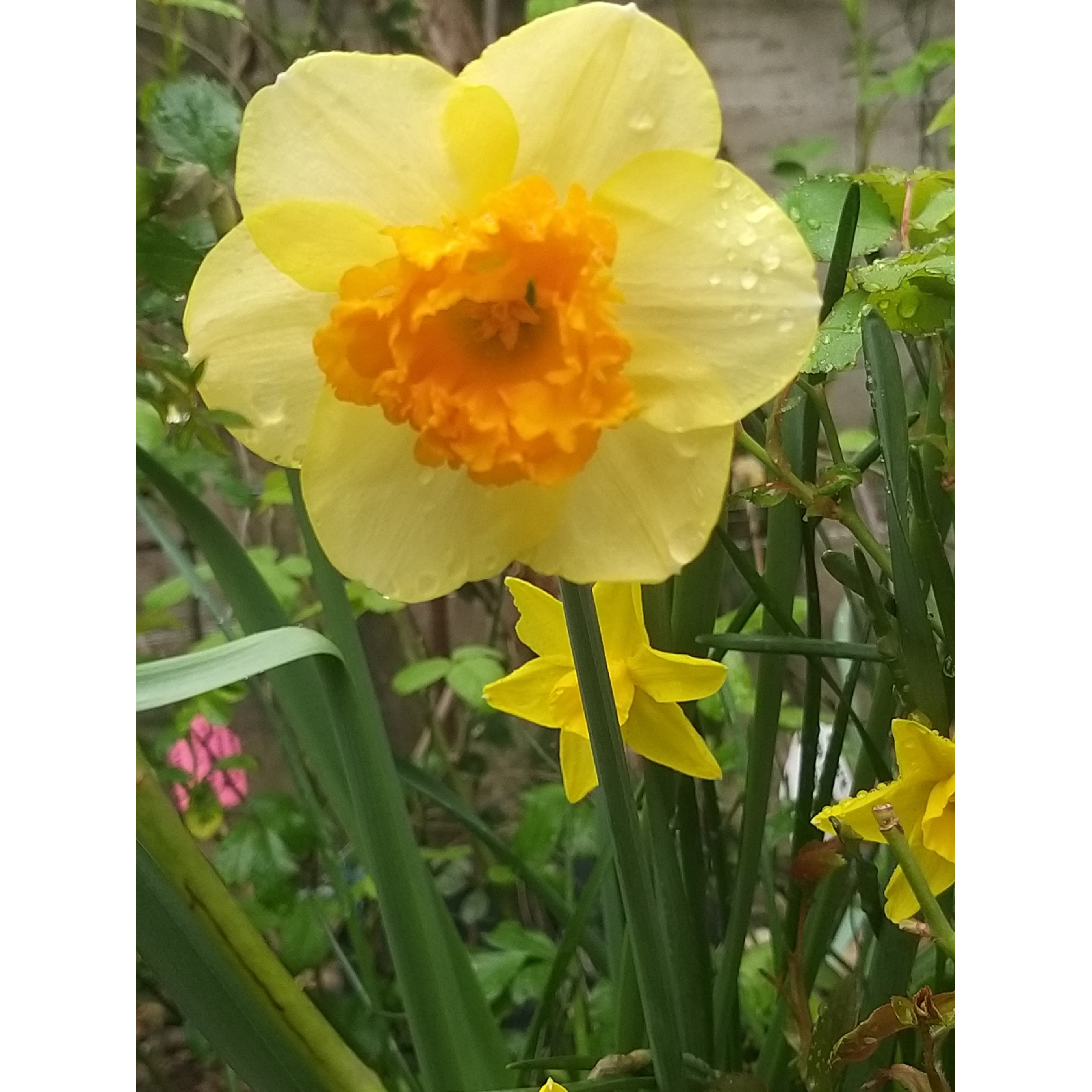
Thierry P.

March flowering - image 18
Thierry P. • 84 FR
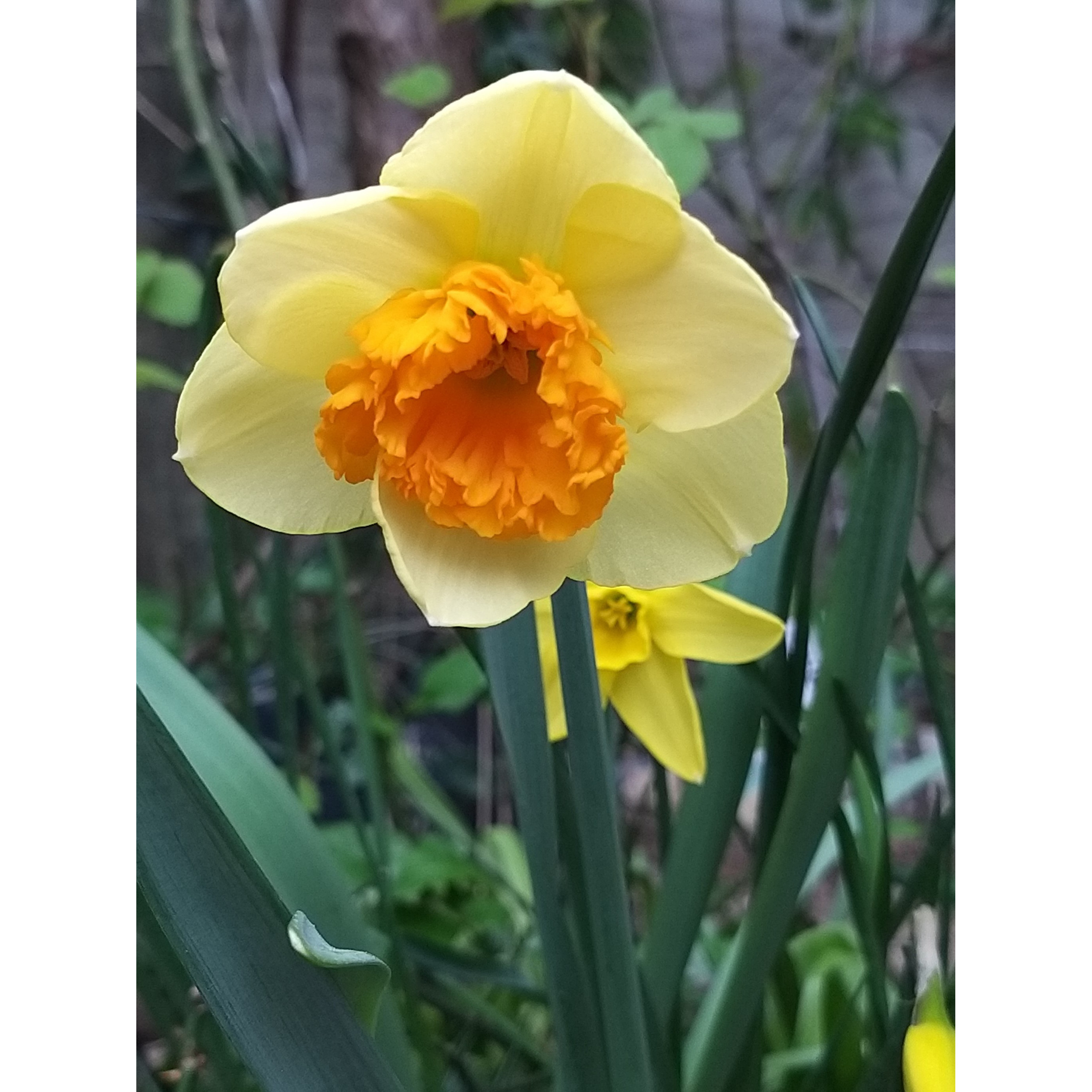
Thierry P.

March flowering - image 15
Thierry P. • 84 FR
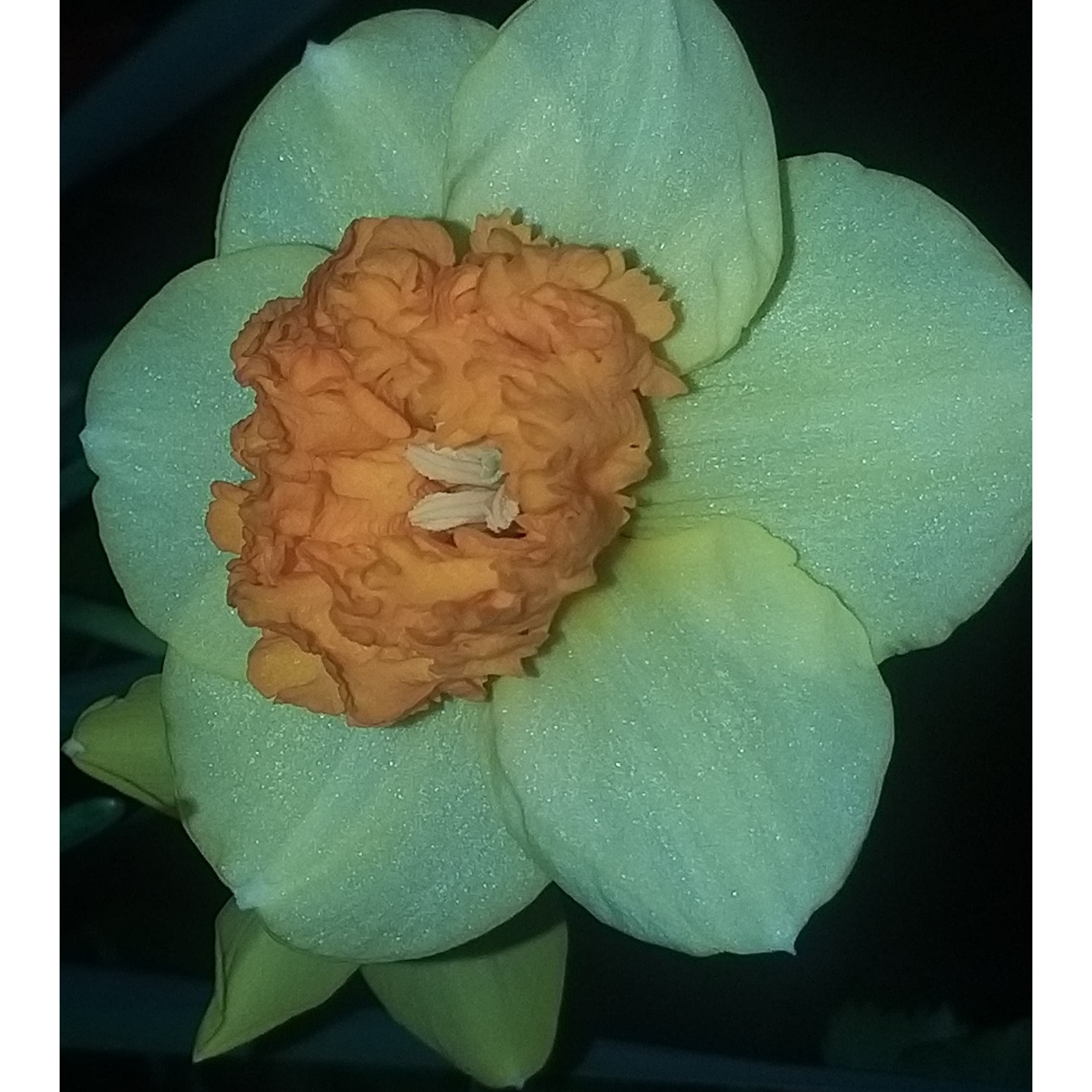
Thierry P.

March flowering - image 13 - In front of a "Quail" daffodil.
Thierry P. • 84 FR
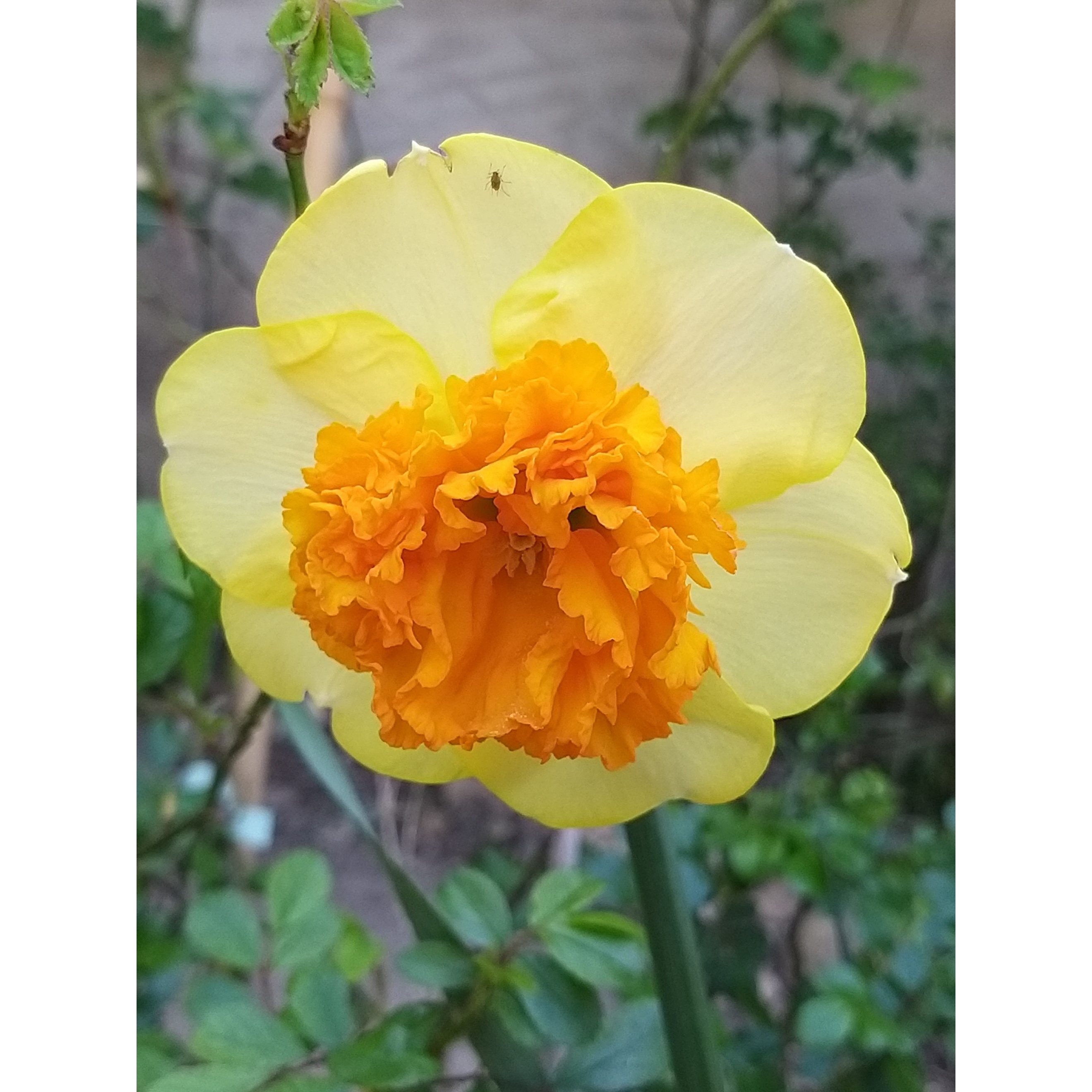
Thierry P.

March flowering - image 11
Thierry P. • 84 FR
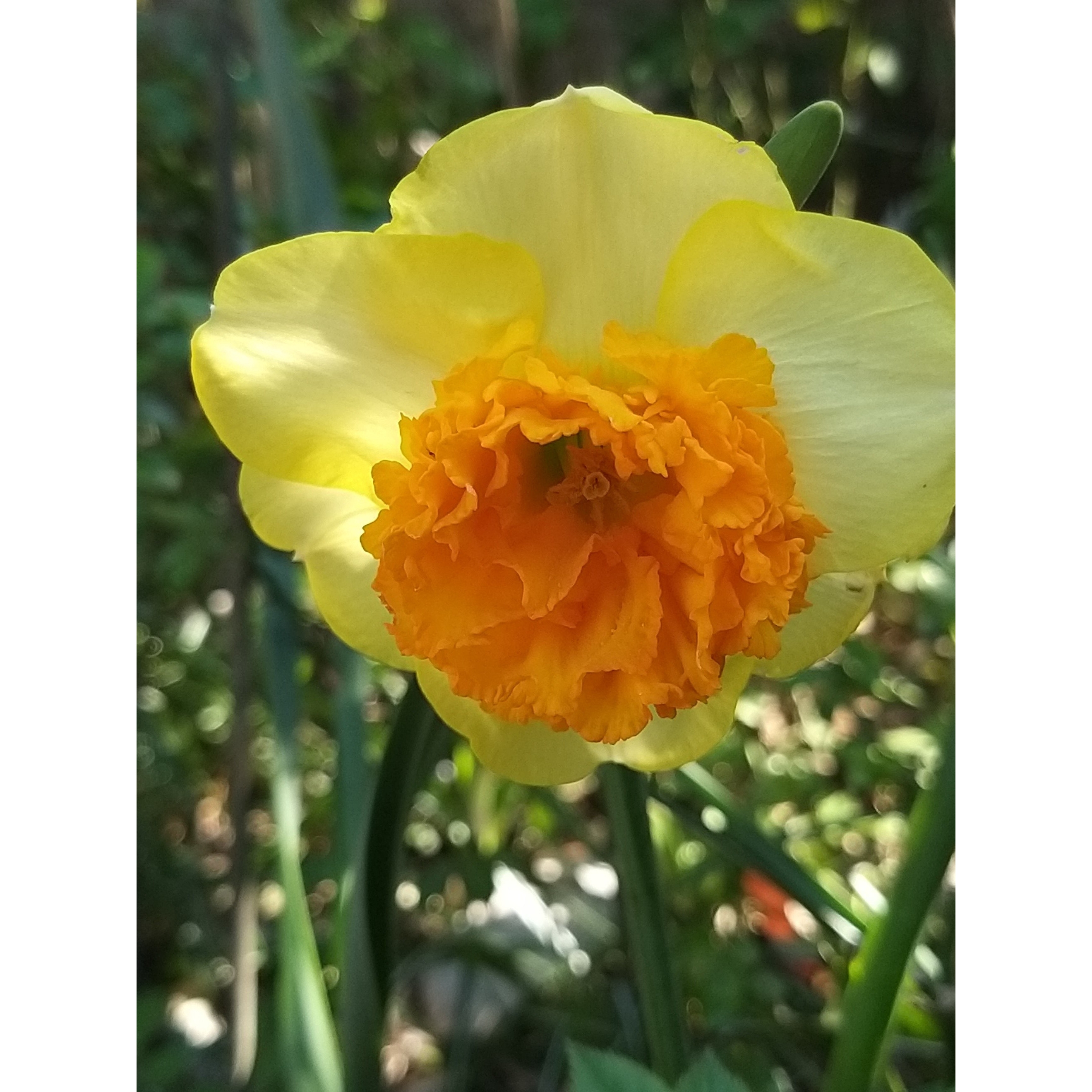
Thierry P.

N/A
Thierry P. • 84 FR
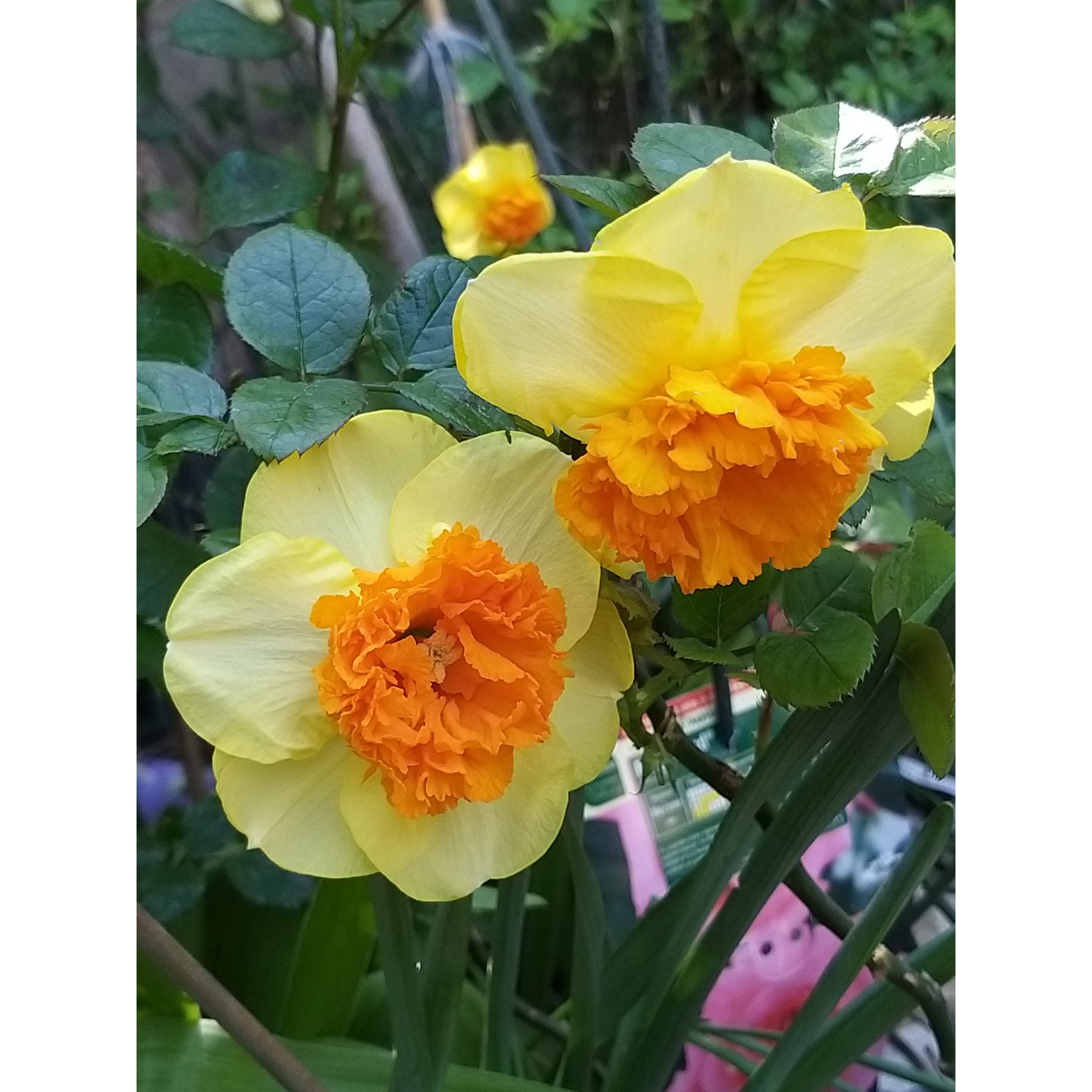
Thierry P.

N/A
Thierry P. • 84 FR
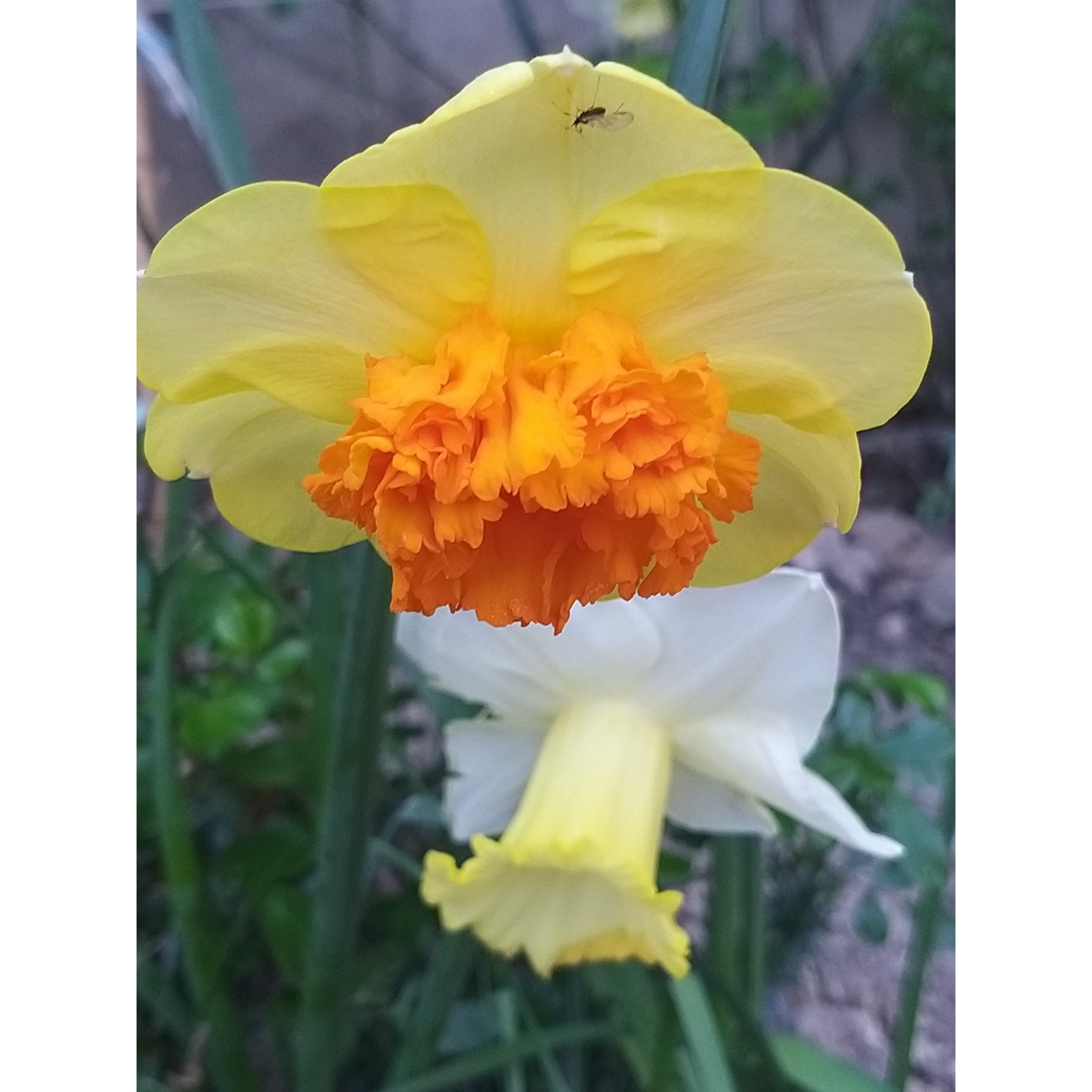
Thierry P.

March flowering - image 8 - Alongside daffodils "Spellbinder".
Thierry P. • 84 FR
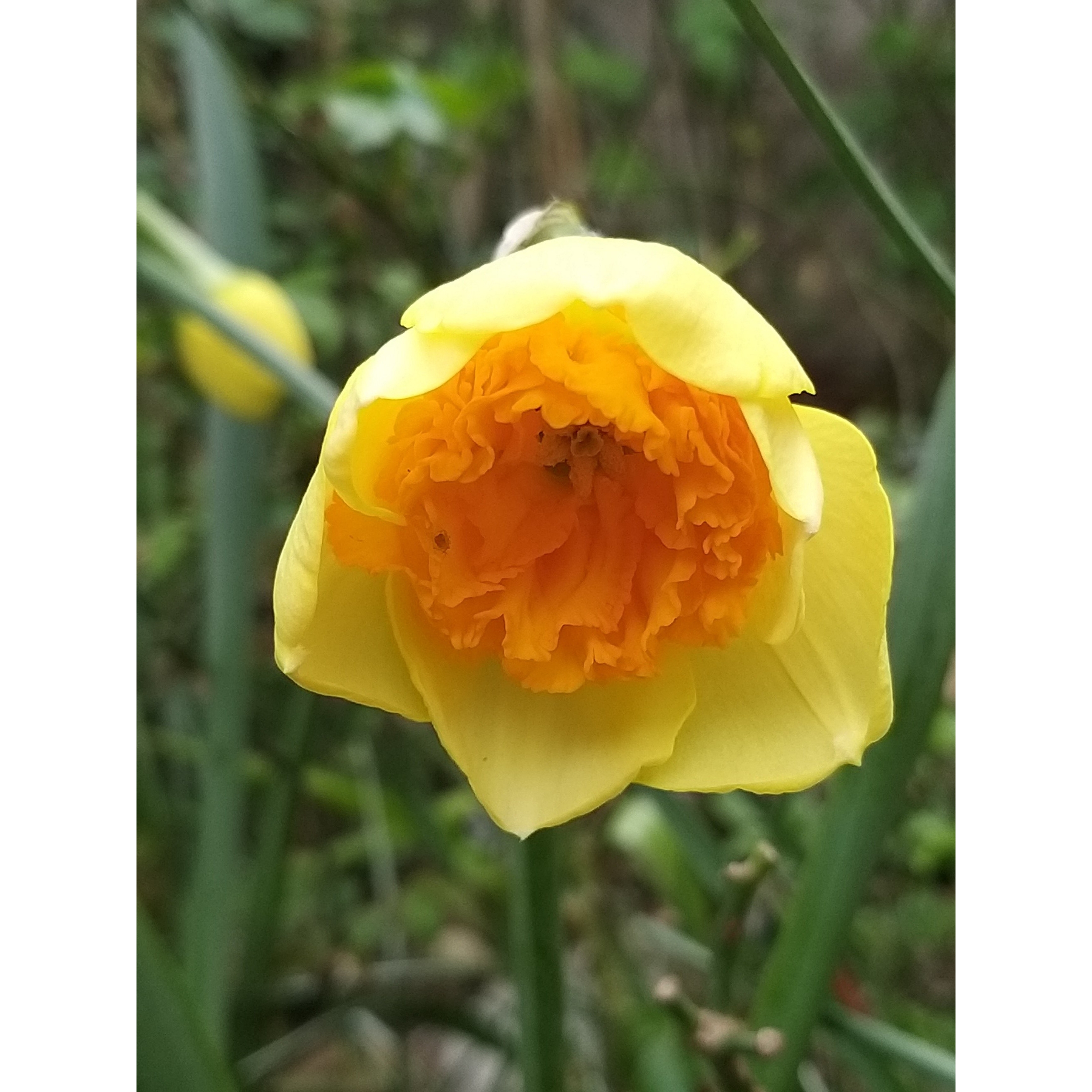
Thierry P.

March flowering - image 5
Thierry P. • 84 FR
Narcissus Modern Art
Narcissus Modern Art
Daffodil, Narcissus, Jonquil
I am eagerly awaiting the arrival of spring.
Daniel P., 13/11/2017
Special offer!
Receive a €20 voucher for any order over €90 (excluding delivery costs, credit notes, and plastic-free options)!
1- Add your favorite plants to your cart.
2- Once you have reached €90, confirm your order (you can even choose the delivery date!).
3- As soon as your order is shipped, you will receive an email containing your voucher code, valid for 3 months (90 days).
Your voucher is unique and can only be used once, for any order with a minimum value of €20, excluding delivery costs.
Can be combined with other current offers, non-divisible and non-refundable.
This plant carries a 6 months recovery warranty
More information
We guarantee the quality of our plants for a full growing cycle, and will replace at our expense any plant that fails to recover under normal climatic and planting conditions.
Would this plant suit my garden?
Set up your Plantfit profile →
Description
The 'Modern Art' Large-Crowned Daffodil has a solitary large flower at the end of each stem. These flowers are canary yellow with a triple, curly, bright orange crown. It is a remarkable cut flower and an easy-to-grow, charming and hardy plant that blooms from mid to late spring for a beautiful effect in borders, flower beds or large pots.
The 'Modern Art' Large-Crowned Daffodil belongs to the Liliaceae (Amaryllidaceae) family, more specifically to division 2 of the large daffodil family, which includes 12 divisions. The Narcissus genus includes around 50 species mainly found in the western Mediterranean, but also in Africa and Asia. It is a hybrid between the jonquil and the daffodil (it is a cross between Narcissus poeticus and x pseudonarcissus), with an intermediate trumpet that is quite open and blooms 8 to 15 days after trumpet daffodils. 'Modern Art' produces a very sturdy stem that reaches a height of 40 cm (16in) when in bloom.
'Modern Art' Large-Crowned Daffodil is undemanding and thrives in any well-drained and loosened soil, although results are less satisfactory in excessively wet or acidic soils. Plant the bulbs from September to mid-December, at a depth of 15 cm (6in), 8 cm (3in), in a sunny or semi-shaded location (at least 3 hours of sunlight per day). Left undisturbed, your daffodils will produce more and more flowers each year. It is a good idea to water if there is a drought. The bulbs will remain in the ground but remove faded flowers to promote the accumulation of new reserves in the bulb. After flowering, let the foliage die naturally and only cut it when it turns yellow. If the clumps become too dense, they bloom less well; you can divide them from July to September when the leaves are dry and replant the (undamaged) bulbs immediately.
There are so many varieties of daffodils that you can enjoy them for three months in spring without ever getting bored. They all naturalise easily and favour yellow and white, and they often have a sweet fragrance. These are all reasons to grow them in large clumps (at least 20 bulbs) for a better effect. Combine 'Modern Art' with squills and hyacinths, accompanied by double tulips , forget-me-nots, pansies, or liverworts. A group of 'Modern Art' Double Daffodils in a vase creates a sensational effect. This daffodil is perfect in a pot.
True jonquils are daffodils, belonging to division 7 of the group. Native to southern Europe and North Africa, they have flowers grouped in pairs or more. Remember the botanical species that have retained the charms of wild plants and thrive in rockeries: N.bulbocodium, N.canaliculatus, N.juncifolius, N.pseudonarcissus, and the simple wood jonquil are among the prettiest. For bouquets, we advise against mixing daffodils with other flowers, tulips in particular, as the stems of daffodils contain a substance that causes other flowers to wilt quickly. This detrimental effect on other flower types can be reduced by dipping the ends of daffodil stems in warm water for 1 to 2 minutes.
Plant habit
Flowering
Foliage
Botanical data
Narcissus
Modern Art
Amaryllidaceae
Daffodil, Narcissus, Jonquil
Cultivar or hybrid
Planting and care
'Modern Art' double-flowered Narcissus is low-maintenance and grows in any well-drained and loosened soil, although results are less favourable in wet or acidic soils. Plant the bulbs from September to mid-December, at a depth of 15 cm (6in), with a spacing of 10 cm (4in), in a sunny or semi-shaded location (at least 3 hours of sunlight per day). Left undisturbed, your daffodils will produce more and more flowers each year. It is advisable to water in any drought. The bulbs can remain in the ground but remove faded flowers to promote the accumulation of new reserves in the bulb. After flowering, let the foliage die naturally and only cut it when it turns yellow. If the clumps become too dense, they flower less well; they can be divided from July to September when the leaves are dry. You can immediately replant the (undamaged) bulbs.
Planting period
Intended location
Care
Planting & care advice
-
, onOrder confirmed
Reply from on Promesse de fleurs
Haven't found what you were looking for?
Hardiness is the lowest winter temperature a plant can endure without suffering serious damage or even dying. However, hardiness is affected by location (a sheltered area, such as a patio), protection (winter cover) and soil type (hardiness is improved by well-drained soil).

Photo Sharing Terms & Conditions
In order to encourage gardeners to interact and share their experiences, Promesse de fleurs offers various media enabling content to be uploaded onto its Site - in particular via the ‘Photo sharing’ module.
The User agrees to refrain from:
- Posting any content that is illegal, prejudicial, insulting, racist, inciteful to hatred, revisionist, contrary to public decency, that infringes on privacy or on the privacy rights of third parties, in particular the publicity rights of persons and goods, intellectual property rights, or the right to privacy.
- Submitting content on behalf of a third party;
- Impersonate the identity of a third party and/or publish any personal information about a third party;
In general, the User undertakes to refrain from any unethical behaviour.
All Content (in particular text, comments, files, images, photos, videos, creative works, etc.), which may be subject to property or intellectual property rights, image or other private rights, shall remain the property of the User, subject to the limited rights granted by the terms of the licence granted by Promesse de fleurs as stated below. Users are at liberty to publish or not to publish such Content on the Site, notably via the ‘Photo Sharing’ facility, and accept that this Content shall be made public and freely accessible, notably on the Internet.
Users further acknowledge, undertake to have ,and guarantee that they hold all necessary rights and permissions to publish such material on the Site, in particular with regard to the legislation in force pertaining to any privacy, property, intellectual property, image, or contractual rights, or rights of any other nature. By publishing such Content on the Site, Users acknowledge accepting full liability as publishers of the Content within the meaning of the law, and grant Promesse de fleurs, free of charge, an inclusive, worldwide licence for the said Content for the entire duration of its publication, including all reproduction, representation, up/downloading, displaying, performing, transmission, and storage rights.
Users also grant permission for their name to be linked to the Content and accept that this link may not always be made available.
By engaging in posting material, Users consent to their Content becoming automatically accessible on the Internet, in particular on other sites and/or blogs and/or web pages of the Promesse de fleurs site, including in particular social pages and the Promesse de fleurs catalogue.
Users may secure the removal of entrusted content free of charge by issuing a simple request via our contact form.
The flowering period indicated on our website applies to countries and regions located in USDA zone 8 (France, the United Kingdom, Ireland, the Netherlands, etc.)
It will vary according to where you live:
- In zones 9 to 10 (Italy, Spain, Greece, etc.), flowering will occur about 2 to 4 weeks earlier.
- In zones 6 to 7 (Germany, Poland, Slovenia, and lower mountainous regions), flowering will be delayed by 2 to 3 weeks.
- In zone 5 (Central Europe, Scandinavia), blooming will be delayed by 3 to 5 weeks.
In temperate climates, pruning of spring-flowering shrubs (forsythia, spireas, etc.) should be done just after flowering.
Pruning of summer-flowering shrubs (Indian Lilac, Perovskia, etc.) can be done in winter or spring.
In cold regions as well as with frost-sensitive plants, avoid pruning too early when severe frosts may still occur.
The planting period indicated on our website applies to countries and regions located in USDA zone 8 (France, United Kingdom, Ireland, Netherlands).
It will vary according to where you live:
- In Mediterranean zones (Marseille, Madrid, Milan, etc.), autumn and winter are the best planting periods.
- In continental zones (Strasbourg, Munich, Vienna, etc.), delay planting by 2 to 3 weeks in spring and bring it forward by 2 to 4 weeks in autumn.
- In mountainous regions (the Alps, Pyrenees, Carpathians, etc.), it is best to plant in late spring (May-June) or late summer (August-September).
The harvesting period indicated on our website applies to countries and regions in USDA zone 8 (France, England, Ireland, the Netherlands).
In colder areas (Scandinavia, Poland, Austria...) fruit and vegetable harvests are likely to be delayed by 3-4 weeks.
In warmer areas (Italy, Spain, Greece, etc.), harvesting will probably take place earlier, depending on weather conditions.
The sowing periods indicated on our website apply to countries and regions within USDA Zone 8 (France, UK, Ireland, Netherlands).
In colder areas (Scandinavia, Poland, Austria...), delay any outdoor sowing by 3-4 weeks, or sow under glass.
In warmer climes (Italy, Spain, Greece, etc.), bring outdoor sowing forward by a few weeks.






























